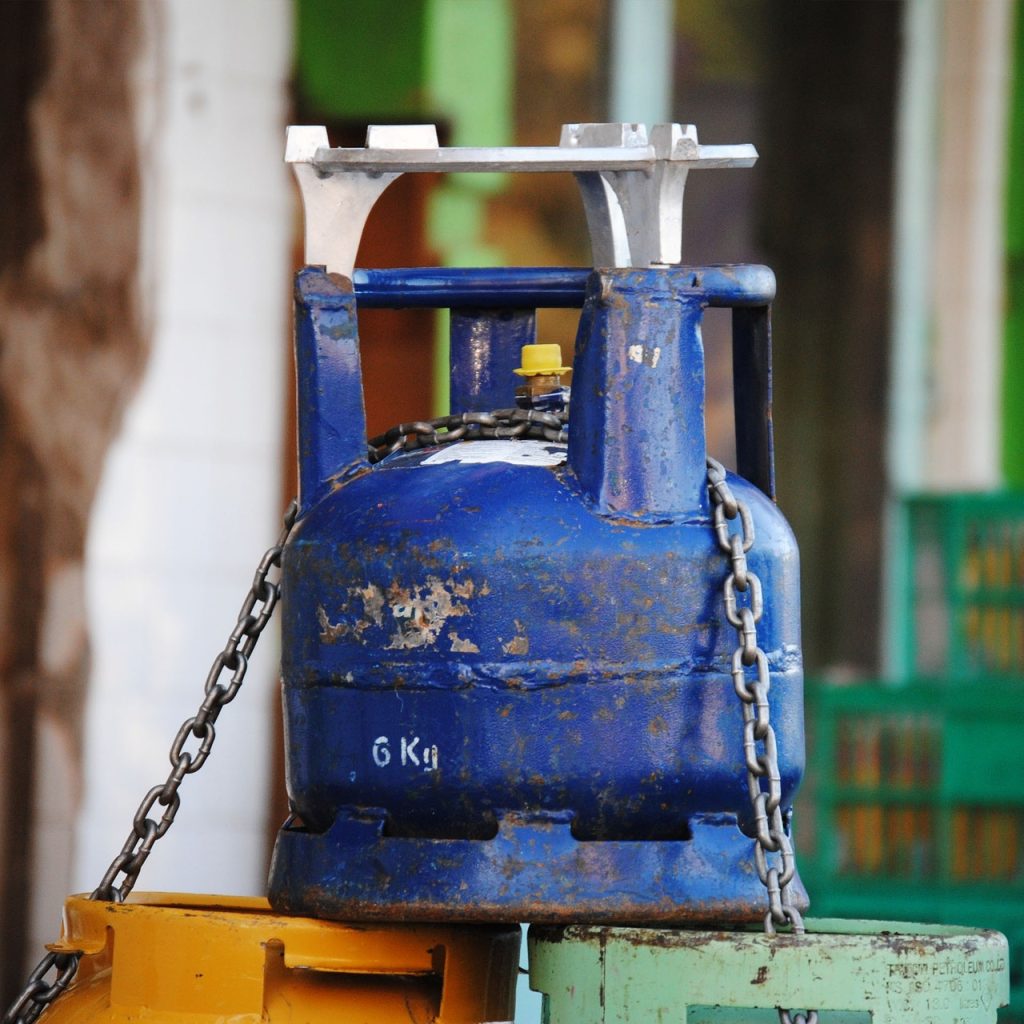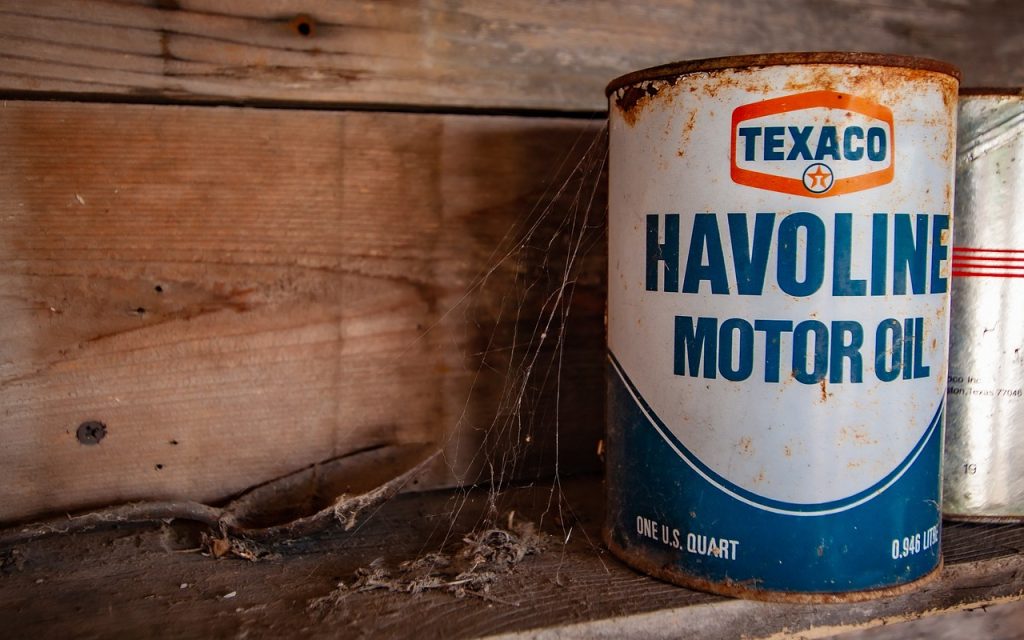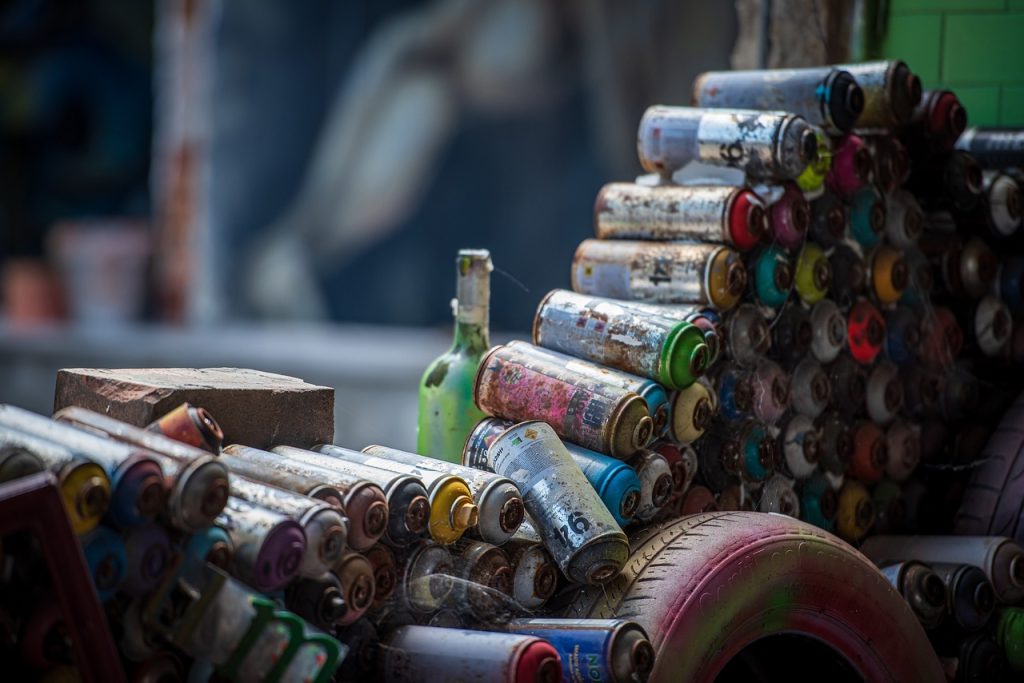- Ensure the helium tanks are completely empty by releasing any remaining helium.
- Remove the nozzle or valve from the tank.
- For safety, make a hole at the bottom of the tank to indicate it’s empty.
- Check local recycling centers or services for helium tank drop-off availability.
- If recycling isn’t an option, find a specific disposal site or hazardous waste facility in your region.
How to Recycle Helium Tanks: Comprehensive Guide on Recycling and Disposal
When you’re dealing with helium tanks, it’s crucial to find out how to properly recycle or dispose of them. Whether you’ve used your helium tanks for a balloon-filled party or for scientific experiments, once they’re empty, don’t just toss them in the general waste. The process of recycling helium tanks is straightforward, though you have to know the steps to take for safe & environmentally-friendly disposal.
First, ensure the helium tanks are completely empty. You can do this by opening the nozzle and letting out any remaining helium. This is an important step to prevent any pressure build-up in the tank. Once that’s sorted, the next step is to remove the nozzle from the tank. Most nozzles can be unscrewed easily, but some may require a little extra effort, so be patient.
Once you’ve removed the nozzle, it’s time to recycle. Depending on your local waste & recycling services, drop off for helium tanks may be available. Also, recycling centers often treat these tanks as scrap metal. However, make sure you’ve gathered enough information about recycling practices in your area before dropping the tank off. More often than not, these helium cylinders can and should be recycled to reduce waste.
If your local recycling program does not accept helium tanks, then you’d need to dispose of it wisely and safely. Depending on laws and regulations in your region, they may need to be taken to a specific disposal site or a hazardous waste facility. Always make sure you get accurate information on the tank disposal process for the sake of safety and environmental preservation.
So there you have it – a simple guide on recycling and disposal of helium tanks. As long as you’ve emptied the tank, removed the nozzle, and have the right information, recycling your helium tank will be a breeze.
Beginners Guide on How to Dispose Balloons and Helium Tanks
So, let me guide you on how to dispose of balloons and helium tanks? There’s a certain method, and it’s vital to follow it to ensure safe disposal. Don’t get the idea that since helium is a gas you can just let it out in the open. It’s tempting, but incorrect. Helium tanks, when they’re empty, still bear some risks involved when not handled correctly.
First off, make sure all of the helium is out of your helium tank. Don’t be fooled by the weight- even an empty tank can feel heavy. Hence, ensure you’ve used all the helium before disposal. Now, you need to remove the valve on the top. To remove it, you’ll need an adjustable wrench to loosen up the guard around the valve. Be careful not to damage the tank in the process as it can be hazardous.
Once the valve is removed, be sure to keep it alongside the tank. Disposing the valve separately may lead to it being mistaken as a full tank, which might cause unnecessary panic. The next step is to make a hole at the bottom of the tank. This is purely precautionary, to unmistakably indicate that the helium tank is indeed empty.
Now, let’s talk about balloon disposal. Remember, balloons shouldn’t be let go into the air to descend where they may. While this practice is often seen in parties and events, it’s very harmful to the environment. Animals, especially birds and marine life, mistakenly consume these balloons, which leads to their death. The right way is to deflate them completely, cut them into small pieces, and dispose of them in a waste bin.
Helium is a valuable resource, and re-use is preferred over disposal. So check if there is a helium tank recycling facility in your locality. They might have a provision for you to drop off your empty tanks. Each town or city will have different rules for helium tank disposal, so always make sure to check the local regulations.
Embracing the Green Path: How to Recycle Empty Metal Helium Tanks and Minimize Waste
Among the less obvious items that we need to recycle, we’ve got helium tanks. Embracing the green path to recycle such tanks isn’t exactly common knowledge, but it’s crucial on our quest to minimize waste. Most helium tanks are made of recyclable metal, and there’s a process for making the most out of these resources to limit their negative impact on our environment. This process begins with making sure the helium tank you’re dealing with is completely empty.
First, you’ll need to ensure that your helium tank is seriously empty. Here’s a friendly cautionary note, opening a full helium tank without the correct tool can cause harm. Always make sure the tank is empty. Suppose your helium tank is empty, your focus shifts to recycling. There are plenty of people who aren’t sure how to recycle helium tanks, but the method underlying it is actually straightforward. That’s right – contrary to what some might believe, recycling such a tank needs not be a complicated endeavor at all.
Once you’ve ascertained that the tank is indeed tapped out, the next hurdle will be finding a local recycling center that accepts metal tanks. Not every one of them will take helium tanks, so it’s best if you call ahead. Don’t worry if you strike out on your first attempt as many recycling centers have started to accept helium tanks due to the rise of awareness about waste and recycling.
Should the question still come up on how to recycle empty metal helium tanks, be sure to spread the word. If we act to minimize waste, we’ll make significant progress towards environmental sustainability. Recycling helium tanks is one of many ways to cut down on waste, and with this guide, you’re well-equipped to take your actions towards a greener path.
Your City’s Approach to Waste Management: How to Recycle Helium Tank
Every city’s approach to waste management may slightly differ, but there’s a common thread when it comes to recycling helium tanks – it’s seen as a way to minimize the impact on the environment and is encouraged by many city councils. Recycling a helium tank can be tricky due to its high-pressure nature so it’s best to follow this guide to ensure it’s done safely and efficiently.
Empty helium tanks, often left after a party or event, should not be tossed aside carelessly. With the tourism view in mind, we must keep our cities clean and inviting. To recycle such tanks, first confirm that they are indeed empty. The high-pressure gas they carry can be dangerous if not handled correctly. If your empty tanks are small, about the size people commonly use for balloons, they can be mixed with your city’s regular recycling. In most cases, they will be directed to a recycling center for proper processing.
In case your business or event results in larger, industrial-sized tanks, you may need a different approach. Many city councils have guidelines on how to handle such waste. These tanks usually can’t be included within regular recycling and need special handling. In this case, reach out to your city council or a local recycling center. You could even check their image resources if they have images posted on how to recycle helium tanks properly.
To stay in line with international copyright laws, remember to give credit where it’s due when sharing resources or guides. Always consider the copyright holder before using an image or guide. If there’s a ‘div class’ identifier on an image, it might mean that the copyright laws are strict about that particular image.
Recycling helium tanks the right way is an important part of a green path, making a positive impact and demonstrating that we are responsible citizens who care for our environment. Tank recycling is not just about how we see our environment, but also about how the world sees us.




